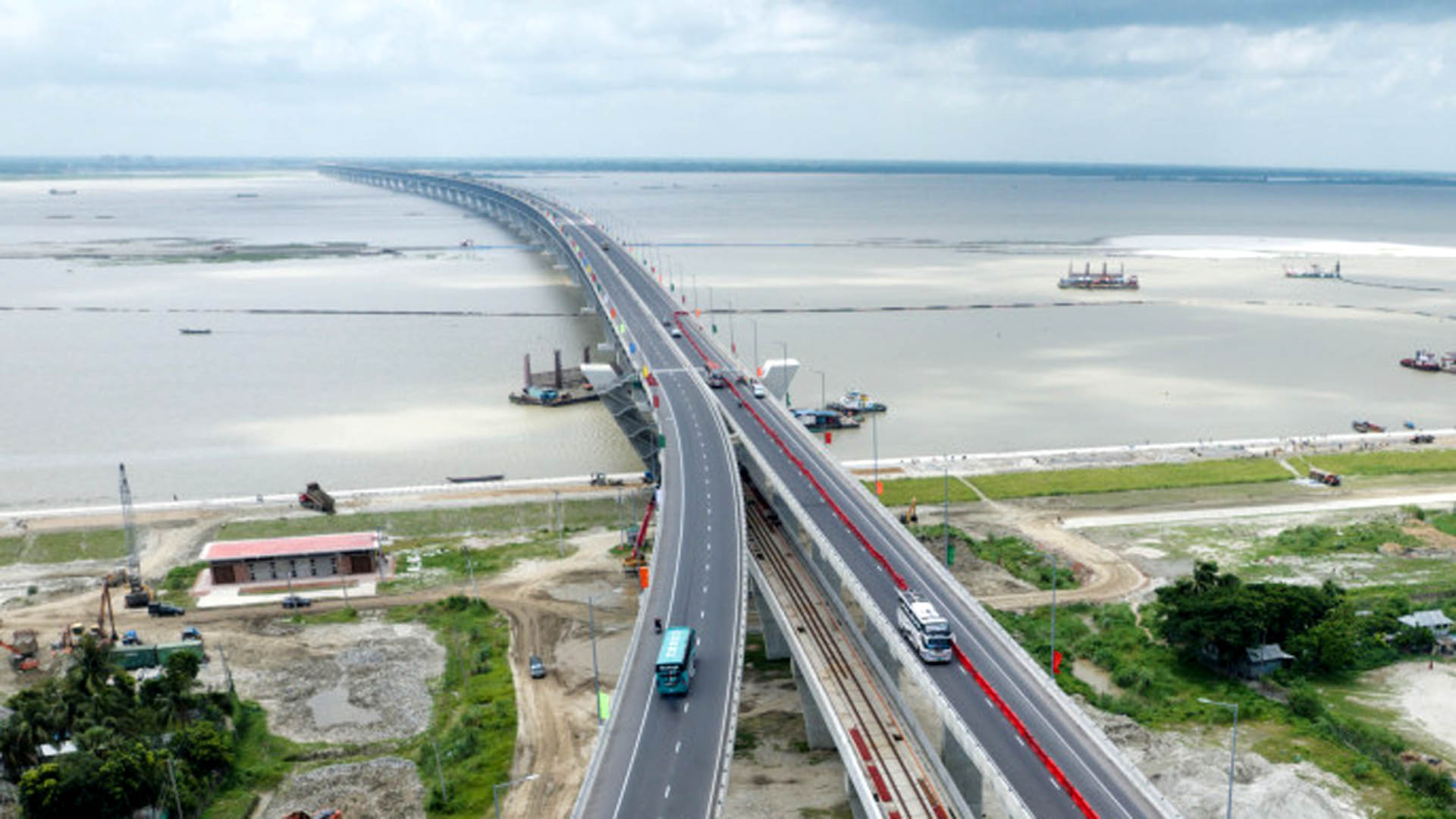

 Top Ten Rivers of Bangladesh
Top Ten Rivers of Bangladesh
Bangladesh, often referred to as the “Land of Rivers,” boasts an intricate network of waterways that shape its geography, culture, and economy. With over 700 rivers crisscrossing the country, they play a crucial role in agriculture, transportation, and daily life. Here, we explore the top ten rivers of Bangladesh, highlighting their significance and unique features.
1. Padma River
The Padma is one of the principal rivers in Bangladesh, and a major distributary of the Ganges. Flowing from the Himalayas, it enters Bangladesh from India and meanders through the country before merging with the Meghna. The Padma is known for its unpredictable and shifting channels, which have both nurtured and challenged the people living along its banks.
2. Jamuna River
The Jamuna, another vital river, is one of the main distributaries of the Brahmaputra. Entering Bangladesh from India, it traverses through the northern part of the country, joining with the Padma near Goalundo Ghat. Its vast width and strong currents make it a formidable river, significantly influencing the country’s hydrology.
3. Meghna River
The Meghna, formed by the confluence of the Surma and Kushiyara rivers, is one of the most important rivers in Bangladesh. Flowing through the eastern part of the country, it eventually joins the Padma, forming the world’s largest delta. The Meghna is crucial for transportation, fishing, and irrigation, supporting millions of livelihoods.
4. Surma River
Originating in the Meghalaya Hills of India, the Surma flows through northeastern Bangladesh. It is one of the main tributaries of the Meghna and is known for its scenic beauty and fertile plains. The Surma is essential for agriculture, particularly rice cultivation, in the Sylhet region.
5. Karnaphuli River
The Karnaphuli is the lifeline of southeastern Bangladesh, flowing from the Mizoram state of India into the Bay of Bengal. It passes through the bustling port city of Chattogram, supporting significant commercial activities. The river is also home to the Kaptai Dam, the largest hydroelectric project in the country.
6. Teesta River
The Teesta, originating in the Himalayas, flows through the northern districts of Bangladesh before joining the Brahmaputra. It is crucial for irrigation in the region, supporting agriculture in the fertile Teesta Barrage area. However, the river’s flow is subject to international water-sharing disputes, affecting its management and utilization.
7. Ariyal Khan River
The Ariyal Khan, a distributary of the Padma, flows through central Bangladesh. It is an important waterway for the transport of goods and people, connecting various districts. The river also supports local agriculture and fisheries, contributing to the regional economy.
8. Gorai-Madhumati River
The Gorai-Madhumati is a distributary of the Ganges and flows through southwestern Bangladesh. It plays a significant role in maintaining the freshwater balance in the Sundarbans, the world’s largest mangrove forest. The river is crucial for the ecology of this UNESCO World Heritage site, supporting diverse flora and fauna.
9. Buri Ganga River
The Buri Ganga flows past Dhaka, the capital city of Bangladesh, making it one of the most famous rivers in the country. Historically, it has been central to the development of Dhaka, although it now faces severe pollution challenges. Efforts are ongoing to restore its health and protect its vital role in the urban landscape.
10. Sangu River
The Sangu, also known as the Shankha, flows through the southeastern Chattogram Hill Tracts. It is known for its picturesque landscapes and is a popular destination for trekking and river rafting. The Sangu supports local communities by providing water for agriculture and daily use.
Conclusion
The rivers of Bangladesh are more than just geographical features; they are lifelines that sustain the nation’s agriculture, economy, and culture. Each river has its unique characteristics and challenges, reflecting the diverse and dynamic nature of Bangladesh itself. Preserving these waterways is crucial for the country’s sustainable development and environmental health.